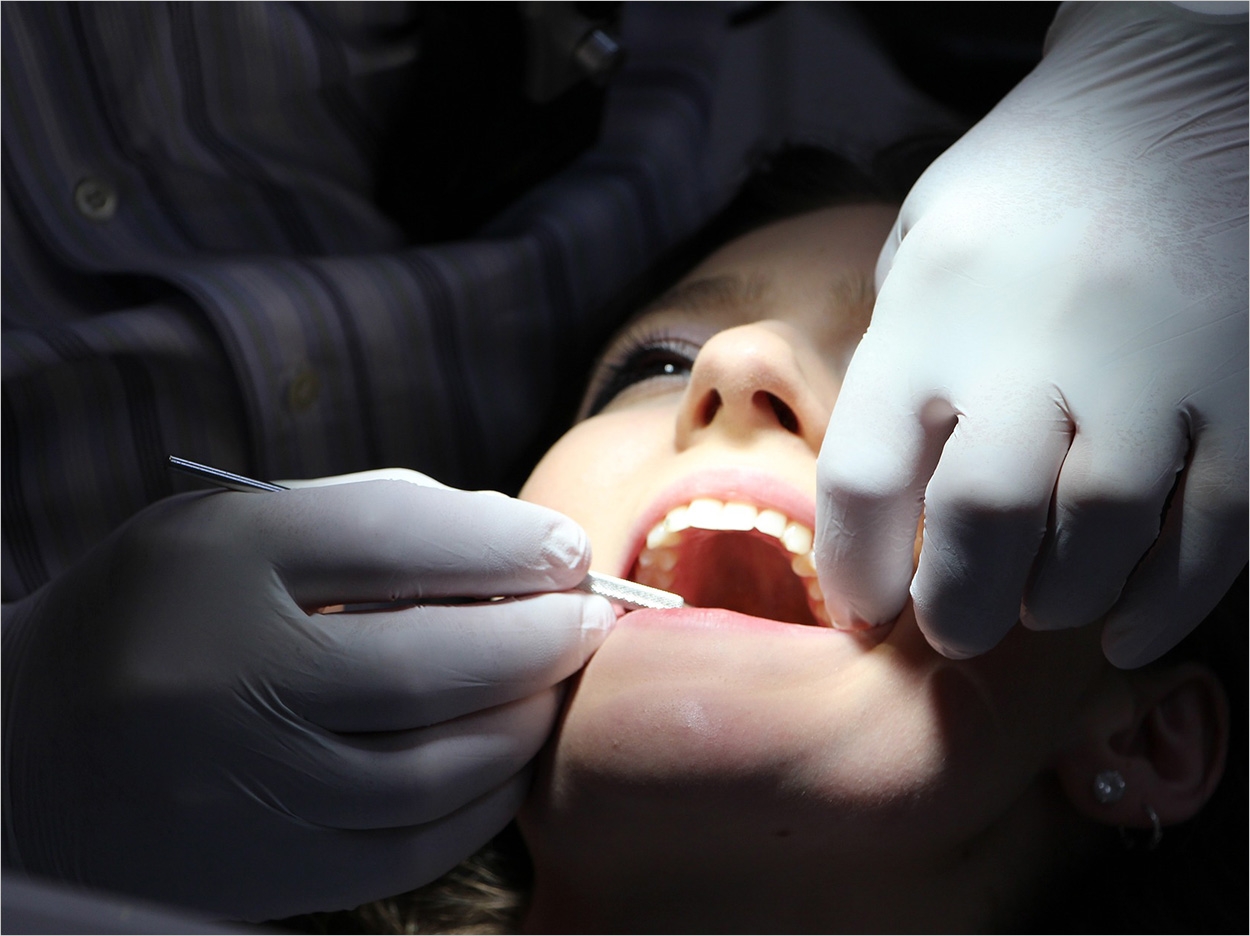
Today’s cutting-edge research depends on funding, particularly from the National Institutes of Health (NIH) and its National Institute of Dental and Craniofacial Research (NIDCR). Funding can vary year to year, though, often tied to economics and politics. These shifting trends prompted the International and American Associations for Dental Research (IADR/AADR) to examine how dental schools and institutions have been funded recently.
Using publicly available data from the NIH Research Portfolio Online Reporting Tools, the IADR/AADR looked at the funding the NIH provided to dental institutions in the United States from 2005 to 2014, including extramural research projects and training. During that 10-year period, 56 dental institutions received about $2.2 billion from more than 20 NIH institutes, centers, and offices.
The NIDCR is the largest NIH supporter of dental institutions, investing $1.5 billion or 70% of the total. Also, the NIDCR is the primary supporter of research training and career development, investing $177 million or 92% of the NIH’s total investment of $192 million. The IADR/AADR believe that this data could inform future decision-making related to oral health research and dental professional training.
Additionally, the IADR/AADR specifically compared the NIH’s oral cavity cancer funding to funding for other malignancies. According to the IADR/AADR, overall funding for oral cavity cancer research decreased considerably after 2009. Funding administered through the NIDCR was 6.5 times greater than dollars awarded by the NIH National Cancer Institute (NCI) in 2000. Throughout the time period evaluated, NIDCR support decreased in most years, while NCI support increased and approached NIDCR funding levels.
There has been increased volatility in funding support in recent years, possibly due to budget cuts and sequestration, the IADR/AADR report. The NCI has played an increasingly important role in supporting oral cavity research concomitant with decreasing NIDCR support. The IADR/AADR believe that oral cavity research is underfunded relative to other nonoral cavity malignancies, indicating a need to increase the focus on rectifying the gap.
“It’s important for the community to understand that research remains a cornerstone for dentistry and advocating for increased funding for NIH/NIDCR remains a top priority for AADR,” said AADR president Jack Ferracane, PhD. “Increased investments in dental, oral, and craniofacial research and other oral health programs benefit the health of the public. AADR will continue to communicate to Congress the importance of biomedical research for the health of the population.”
The studies, “The NIH’s Funding to US Dental Institutions from 2005 to 2014” and “Recent Trends in Oral Cavity Cancer Research Support in the United States” were published by the Journal of Dental Research.
Related Articles
NIDCR Grants Launch Tissue Regeneration Centers
$7 Million in NIH Awards to Fight Disparities in Pediatric Care
Committee Recommends Funding for Oral Health Programs



